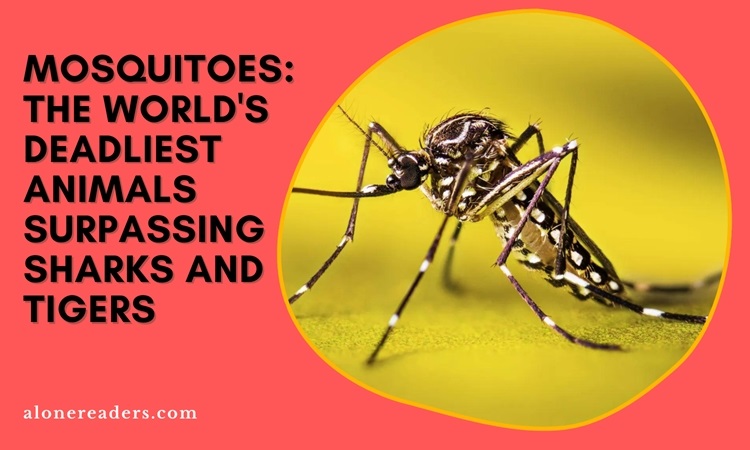
When we think of the world's deadliest animals, our minds often conjure images of ferocious predators like sharks, bears, or tigers. However, these formidable beasts pale in comparison to a much smaller and seemingly innocuous creature: the mosquito. Despite its diminutive size, the mosquito is the most lethal animal on Earth, responsible for more human deaths each year than any other animal. According to the World Health Organization (WHO), mosquitoes are responsible for approximately 725,000 deaths annually, a staggering number that eclipses the fatalities caused by more fearsome animals.
Mosquitoes, which are found in nearly every part of the world, are not inherently deadly. The danger lies in their ability to transmit diseases. These tiny insects are vectors for a host of life-threatening illnesses, including malaria, dengue fever, yellow fever, and several others. Each of these diseases has a significant impact on global health, contributing to the high mortality rate attributed to mosquitoes.
Malaria, perhaps the most well-known of these diseases, remains one of the deadliest. It is caused by parasites transmitted to humans through the bites of infected female Anopheles mosquitoes. The World Health Organization reports that in 2019 alone, there were an estimated 229 million cases of malaria worldwide, resulting in about 409,000 deaths. The majority of these cases and deaths occurred in Sub-Saharan Africa, impacting the most vulnerable populations, particularly children under the age of five.
Dengue fever, another disease spread by mosquitoes, has seen a dramatic increase in cases over the past few decades. Caused by the dengue virus, which is transmitted by Aedes mosquitoes, dengue fever is prevalent in more than 100 countries and puts nearly half of the world's population at risk. Severe dengue, sometimes known as dengue hemorrhagic fever, can be fatal. The WHO estimates that each year, there are approximately 100 to 400 million infections, with a significant number of these cases leading to severe illness or death.
Yellow fever, yet another mosquito-borne disease, causes severe flu-like symptoms and can lead to serious liver disease. While a vaccine is available for yellow fever, the disease continues to be a major health concern in Africa and South America. The WHO estimates around 200,000 cases of yellow fever annually, with up to 60,000 deaths.
The reason mosquitoes are such effective carriers of these diseases is their feeding process. When a mosquito bites, it injects saliva into the host to prevent blood clotting. This saliva can contain the pathogens that cause the diseases mentioned above. Once inside the host, these pathogens can multiply and cause severe illness or death.
The global impact of mosquitoes is not limited to the health sector. The economic burden of mosquito-borne diseases is immense, particularly in developing countries. These diseases can lead to significant healthcare costs, loss of productivity, and long-term economic hardship for families and communities. Malaria, for example, is estimated to cost Africa more than $12 billion every year in direct costs and lost economic growth.
Efforts to combat the threat posed by mosquitoes are multifaceted. They include the development and distribution of vaccines, like the ones for yellow fever and the more recent advancements in malaria vaccines. Public health initiatives often focus on reducing mosquito populations through environmental management and the use of insecticides. Personal protective measures, such as using mosquito nets and repellents, are also crucial in preventing bites and the spread of diseases.
Despite these efforts, the fight against mosquito-borne diseases faces numerous challenges. Climate change, for example, is expanding the habitats of mosquitoes, allowing them to thrive in regions previously uninhabitable for them. This expansion increases the risk of outbreaks in new areas, posing a challenge to public health systems. Additionally, the rise of insecticide and drug resistance is making it harder to control mosquito populations and treat the diseases they carry.
In conclusion, the mosquito's status as the world's deadliest animal is a stark reminder of the disproportionate impact that a tiny creature can have on human health and society. The ongoing battle against mosquito-borne diseases requires a concerted effort from governments, health organizations, scientists, and communities worldwide. It's a fight that involves not just medical interventions, but also education, environmental management, and global cooperation to reduce the risk posed by these deadly insects.